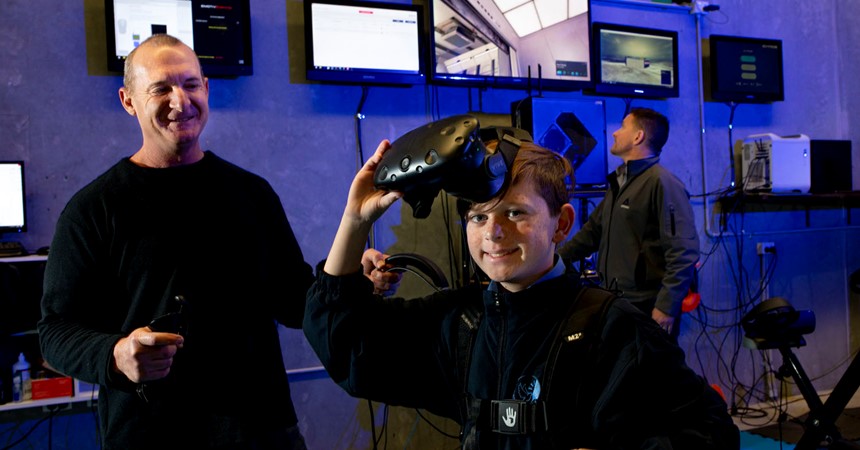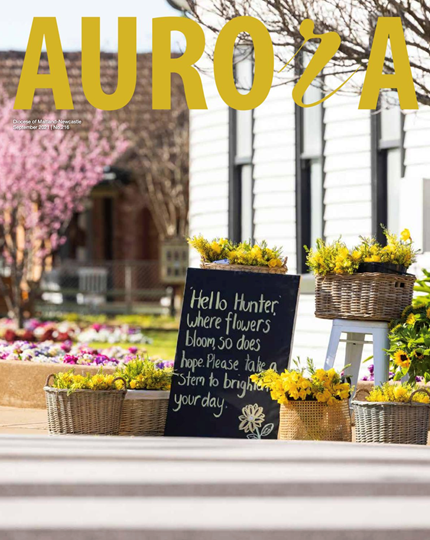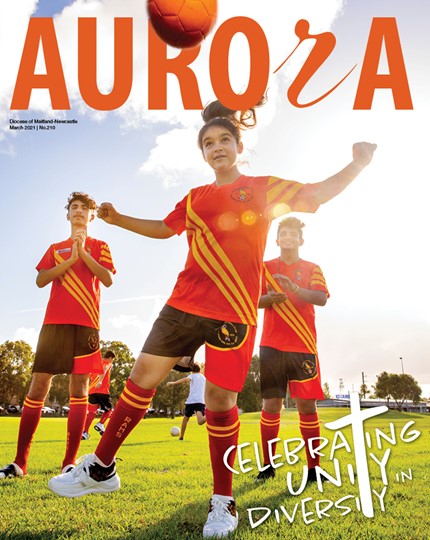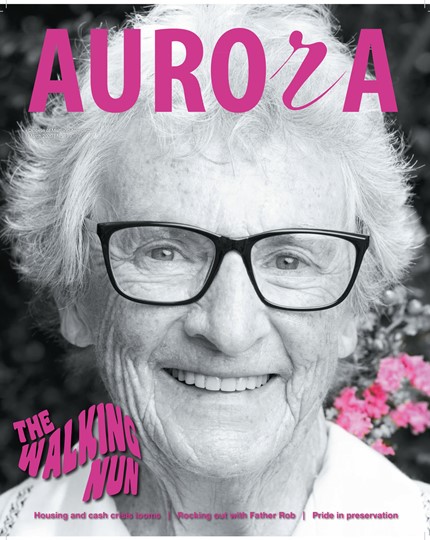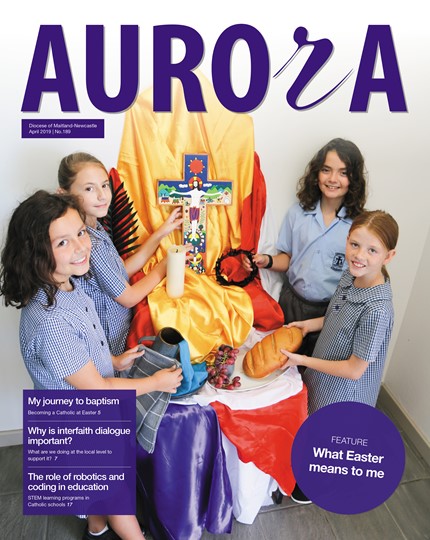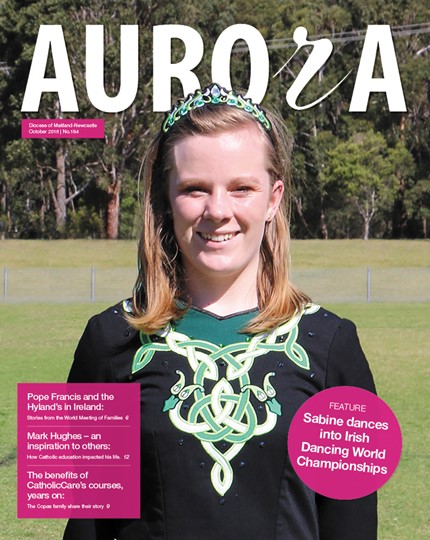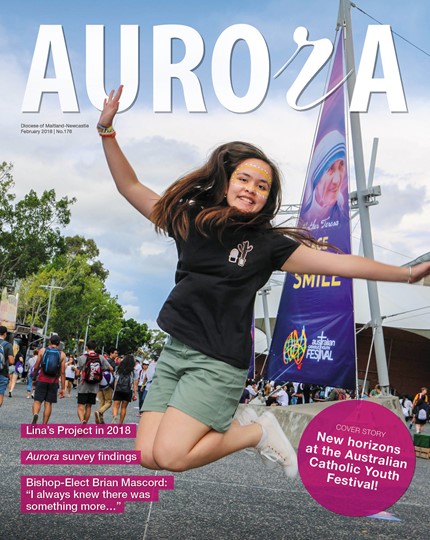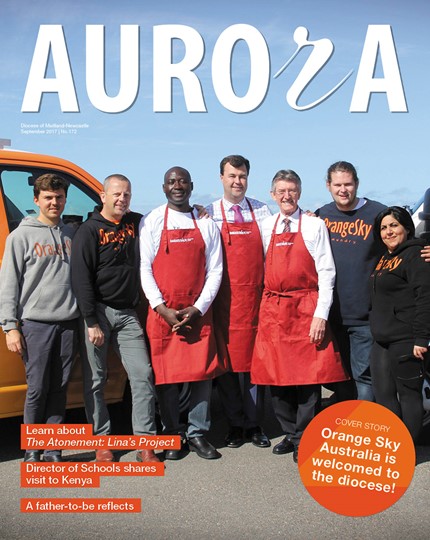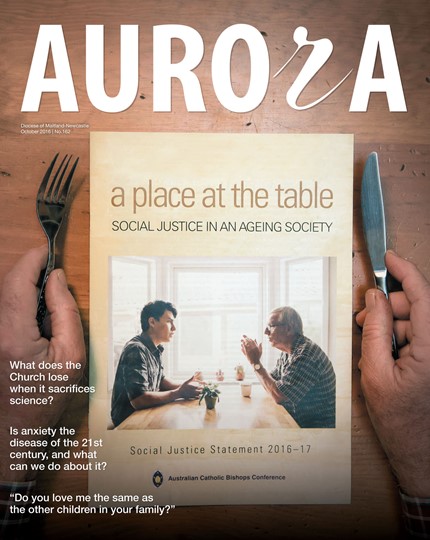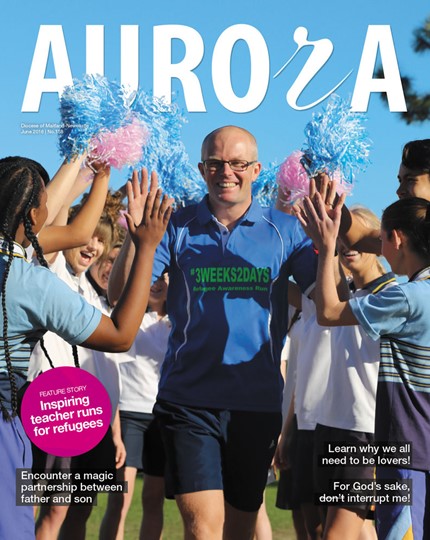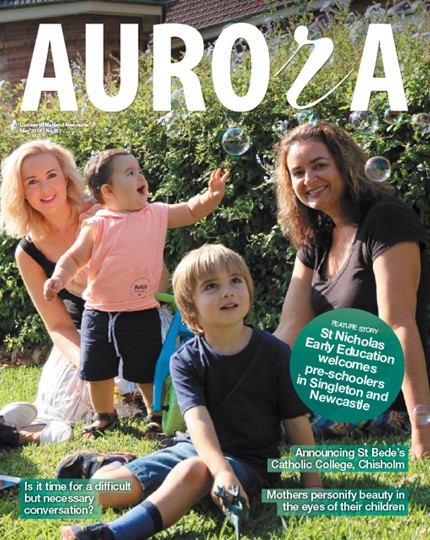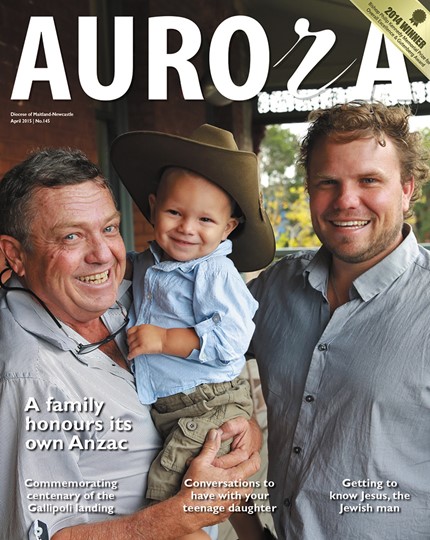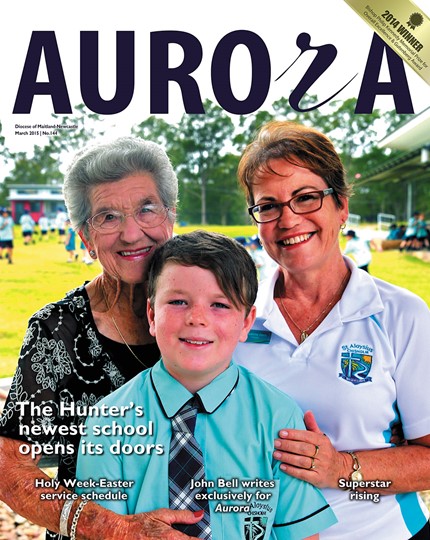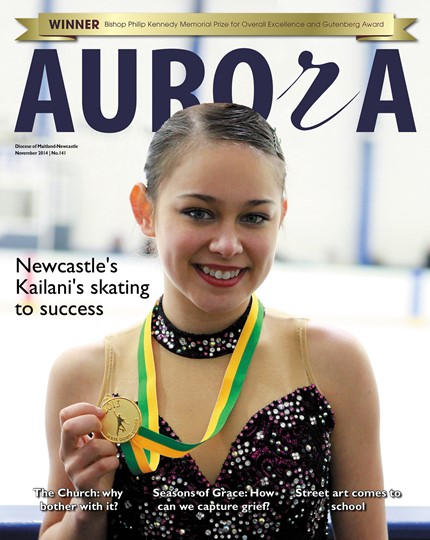The Catholic Schools' Virtual Academy (VA) enables students in Years 5-8 from across the Diocese to engage with like-minded learners who benefit from specifically designed curriculum differentiation, extension and enrichment opportunities. These gifted learners undertake research to provide solutions to a range of real-world challenges.
Once students have established the parameters of their project, with some guidance, they are empowered to reach out to experts and ask questions that will enhance their understanding and help them to ponder a vast array of possible solutions. In their quest for knowledge this years' cohort of VA students have reached out to experts in all corners of the globe, from as close as Mayfield, NSW to as far-flung as the Massachusetts Institute of Technology in the United States!
Jett Samuel, (Year 6, St Michael's, Nelson Bay) is midway through a yearlong project investigating how health professionals combine virtual reality technology with physical therapy. To aid his learning, he visited Engage VR in Mayfield and met with practice co-founders Craig Hewat (physiotherapist) and Rohan O'Reilly (movement therapist), who explained .patients' experiences. They also invited Jett to have a go on the machines, helping him to understand the life-changing role that virtual reality can have in rehabilitating those with injuries and disabilities. This experience was enhanced by Jett's contact with Dr Denise Higgins from the University of Newcastle, who explained how virtual reality's use in training oral health students in administering anaesthetic to patients.
Johann Alapatt (Year 5, St John's, Lambton) approached another academic from the University of Newcastle, Professor Paul Dastoor, as part of his research into solar panels, and was excited to receive a prototype designed at the university to aid his learning. From this experience Johann learned that the manufacturing of solar panels might become far more cost-effective in future, using perovskite in 3D printing.
Andre Fiorentino (Year 5, Holy Family, Merewether Beach) is also interested in solar energy, but more specifically its application in powering cars. Andre submitted some questions to members of the University of Western Sydney's solar team and was excited to receive a response via a video message. Andre's since been propelled to design a car, which includes solar panels that can have their position adjusted to maximise sun exposure throughout the day.
Kaylah Broadhead (Year 6, St Joseph's, Merewether) is designing an original solution to the problem of corrosion affecting aircraft located near the ocean. As part of her primary research, Kaylah emailed technical questions to an Australian Defence Force engineer and received detailed responses including "stereoscopic images". Kayla's research helped her to uncover that there are many types of corrosion, including intergranular corrosion, and that replacing corroded parts was wildly expensive. This feedback spurred Kaylah to focus her attention on designing parts made from materials that would resist the various types of corrosion.
Xavier Heaney (Year 5, St Joseph's, Merewether) collaborated with Jonathan Craig, the managing director of real estate development company GWH, to come up with new ideas to attract people to the Newcastle CBD, with a key focus on alternate parking solutions.
Dr Sidsel Grimstad, from the University of Newcastle, provided helpful ideas for Bridget McEwan (Year 5, St John Vianney, Morisset), who is investigating housing affordability at Cooranbong. Together, they discussed the role of government in supporting affordable social housing, with an emphasis on sustainable design that enhanced livability through proximity to green space.
Professor William Green, from Massachusetts Institute of Technology, and Dr Theo Amanatidis, from Cambridge University, assisted Finn Betts and Noah McCallum (both Year 5, St Mary's, Warner's Bay) with ideas for their project about new types of spherical car wheels to reduce road accidents. Taking this expert advice on board, Finn and Noah were then able to refine their car project to include more effective braking systems and steering methods.
Professor Ugur Guven from the UN Center for Space Science and Space Technology Education helped Henry Carpenter (Year 5, St Aloysius, Chisholm) work on his new type of gyroscope to power rockets into space. "As an educator of 25 years and as an expert in space sciences and space technology, it's a pleasure for me to help entice young minds on their journey to science and technology," said Professor Guven. "I am impressed with Henry's level of questions for a Year 5 student."
Dr Frances Seymour, a Distinguished Senior Fellow from The World Resources Institute in Paris, provided detailed responses to questions from Jeremy Gocher (Year 6, St Mary's, Warner's Bay) on deforestation. Dr Seymour encouraged Jeremy to look at the impacts of deforestation in various communities around the world, including causes and solutions. On the back of this, Jeremy took a keen interest in deforestation in Brazil, and how the government there has moved to empower its Indigenous people to manage large portions of land to protect it against further deforestation.
By working collaboratively with experts in a broad range of industry, students have access to a rich source of highly reliable information and design more technical and practical solutions to their chosen problems. One of the many other benefits of this approach to education is that while students are strengthening their knowledge in an area of focus, they are also sharpening their communications skills, by approaching people outside their immediate circle of reference to garner new insights. Witnessing students' joy for learning through encounters such as these is as rewarding for them and their families, as it is for us as their teachers.
Rebecca Heath and Justin Mahoney are teachers in the Virtual Academy based at the Catholic Schools Office.
